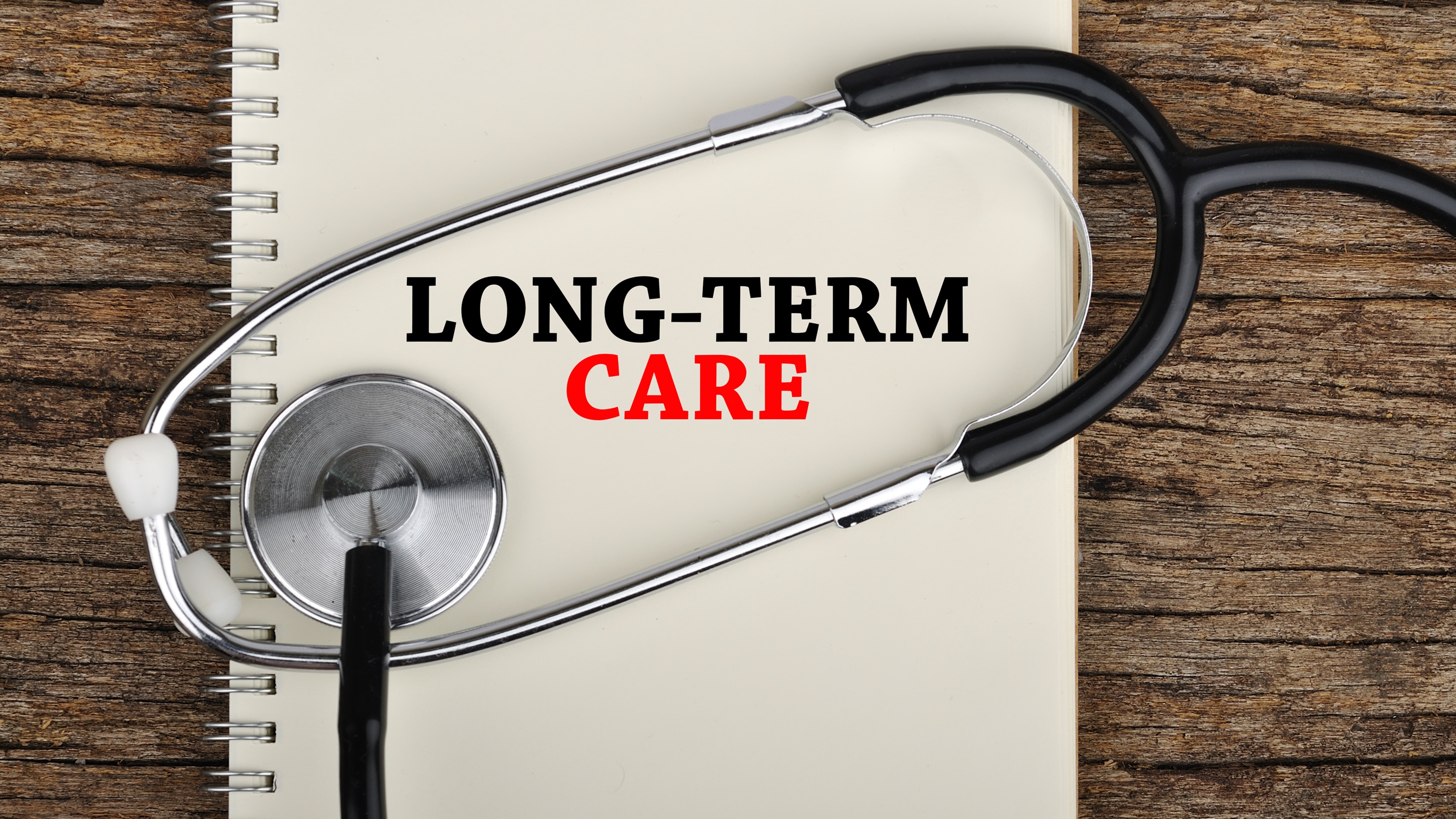How to Protect Your 401(k) From a Market Crash or Recession
You can’t control what happens in the stock market, but you can control what YOU do when there’s a downturn. To safeguard your savings, follow these investing golden rules.


You’ve saved all your life to build up your 401(k) plan, and now in this period of stock market turbulence, you’re worried about substantial losses. What can you do? Here are some suggestions for how to protect your 401(k) from a market crash or recession.
Of course, you can’t control what happens in the stock market, so focus on what you can control: yourself. Follow these simple tips to minimize your losses and maximize the chances that you’ll stay on track for a secure retirement.
Tip #1: Diversify (Duh!)
Yes, you’ve heard it before, but it bears repeating: One way to protect your portfolio is to stick with the tried-and-true strategy of diversification.

Sign up for Kiplinger’s Free E-Newsletters
Profit and prosper with the best of expert advice on investing, taxes, retirement, personal finance and more - straight to your e-mail.
Profit and prosper with the best of expert advice - straight to your e-mail.
It’s very unlikely that if you’re spread out over a number of different investment asset classes that they’ll all fall the same amount, and you might even see some go up.
The idea in being diversified is to increase the odds that your overall return will do better in a market drop than if you overweighted in a small handful of investments that happened to fall hard.
And while you’re at it, in light of the current higher inflation, if your company plan offers funds that provide an inflation hedge like REITS or TIPS funds, you may want to consider including these as part of your portfolio.
Be sure to rebalance your portfolio once a year to bring the percentage of money invested in the different funds back in line with your original asset allocation. This will prevent overweighting in areas of the market that may do well for a while but then end up dropping, which could subject you to bigger losses.
Tip #2: Keep Contributing Despite Downturns
Another important thing you can do to mitigate market losses in a market crash or recession is to continue contributing on a monthly basis into your 401(k) plan even as the market is going down.
This allows you to buy stocks at a cheaper price to compensate for some of the stocks that you may have bought at a higher price.
This is a form of dollar-cost averaging, which most of the time will help you get an average price on your shares that will be lower, compared to someone who gets rattled and discontinues buying shares every time the market goes down.
Tip #3: Know Your Risk Factor
One of the best remedies to make sure you don’t panic and pull your money out of the market after a big drop is to assess your risk tolerance, preferably before you start investing in your 401(k) plan. There are a number of risk-assessment tools, such as Riskalyze, that can help you do this.
For example, if the risk assessment shows you cannot tolerate more than a 10% drop in your portfolio, you can invest more heavily in bonds and cash equivalents and less in stock.
If it still turns out your portfolio has fallen more than you can stomach, the best thing to do before you bail out is to pause and think about it. Perhaps even talk to a friend with more experience investing in stock.
You also might consider simply reducing your stock levels to a more tolerable percentage of your portfolio rather than pulling out completely.
You may not recover as fast when the market goes up, but if the market continues dropping for a while, your downside risk will be more limited.
Remember: If you do pull out completely near the bottom, you may miss the recovery if history repeats itself and the market rebounds, which so far it always has.
Tip #4: Don’t Bet So Much on Your Employer
To reduce the chances of getting in the unfortunate situation where your company stock has a severe drop or actually becomes worthless, do your homework and learn some things about your company’s financial condition before you buy company stock in your 401(k).
Even if you conclude that the company you work for is in good financial shape, it’s still a good practice to not put more than 5% or 10% of your 401(k) funds into your company stock.
Just ask the employees of Enron who did this and saw their company stock become worthless.
Nothing in life is ever 100% certain, and that certainly includes investing in a 401(k) plan, but if you follow these time-tested principles of investing, the odds are you will be prepared for a comfortable retirement.
Profit and prosper with the best of Kiplinger's advice on investing, taxes, retirement, personal finance and much more. Delivered daily. Enter your email in the box and click Sign Me Up.

-
 Quiz: How much do you know about Medicare?
Quiz: How much do you know about Medicare?Try your hand at our Kiplinger Medicare quiz. All the answers can be found in our Medicare articles so, if you're a regular reader, you'll have no trouble!
-
 ‘I Play Pickleball in Retirement.’ Is It HSA-Eligible?
‘I Play Pickleball in Retirement.’ Is It HSA-Eligible?Retirement Tax Staying active after you retire may be easier with these HSA expenses. But there’s a big catch.
-
 Five Mistakes to Avoid in Your First Year of Retirement
Five Mistakes to Avoid in Your First Year of RetirementRetirement brings the freedom to choose how to spend your money and time. But choices made in the initial rush of excitement could create problems in future.
-
 I'm an Investing Expert: This Is How You Can Invest Like Warren Buffett
I'm an Investing Expert: This Is How You Can Invest Like Warren BuffettBuffett just invested $15 billion in oil and gas, and you can leverage the same strategy in your IRA to potentially generate 8% to 12% quarterly cash flow while taking advantage of tax benefits that are unavailable in any other investment class.
-
 Integrity, Generosity and Wealth: A Faith-Based Approach to Business
Integrity, Generosity and Wealth: A Faith-Based Approach to BusinessEntrepreneurs who align their business and financial decisions with the biblical principles of integrity, generosity and helping others can realize impactful and fulfilling success.
-
 How Much Income Can You Get From an Annuity? An Annuities Expert Gets Specific
How Much Income Can You Get From an Annuity? An Annuities Expert Gets SpecificHere's a detailed look at income annuities and the factors that determine your payout now and in the future.
-
 Your Paycheck Stops in Retirement, But Your Life Doesn't: An Expert Guide to Planning for a Confident Future
Your Paycheck Stops in Retirement, But Your Life Doesn't: An Expert Guide to Planning for a Confident FutureSocial Security will replace only about 40% of your salary, on average. A solid financial plan will help you plug the gap so you can rest easy in retirement.
-
 Are You Jeopardizing Your Future to Help Your Adult Kids? An Expert Guide for How to Not Do That
Are You Jeopardizing Your Future to Help Your Adult Kids? An Expert Guide for How to Not Do ThatIf your adult child needs financial help, of course you want to provide it, but crafting a plan that also protects your financial and emotional well-being is vital.
-
 I'm a Financial Planner: Here Are Some Long-Term Care Insurance Tips for Every Age
I'm a Financial Planner: Here Are Some Long-Term Care Insurance Tips for Every AgeStrategies include adding riders to life insurance for younger individuals and considering hybrid or traditional long-term care policies for those in their mid-50s and 60s.
-
 Engineering Reliable Retirement Income in 2025: An Expert Guide
Engineering Reliable Retirement Income in 2025: An Expert GuideFor dependable income, consider using a bucket strategy and annuities in tandem to promote structure, flexibility and peace of mind.